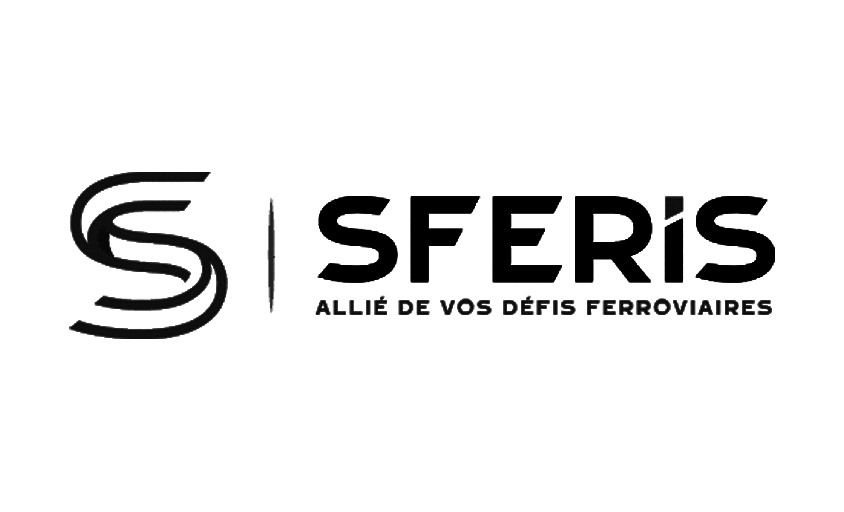Optical filter
In this article :
An optical filter is a photographic accessory that attaches to a camera lens to alter the effects of light entering the lens. Optical filters play a crucial role in managing light and color, protecting the lens, and enhancing the quality of captured images. They are used by both amateur and professional photographers for various technical and creative purposes.
How does an optical filter work?
Two mechanisms are at play:
- Absorption: a tinted glass “absorbs” certain wavelengths of light; the remaining spectrum passes through, maintaining its shape but with reduced energy.
- Interference: successive dielectric coatings selectively reflect or transmit specific wavelengths of light. This process, typical of so-called dichroic filters, ensures a sharp cutoff and superior color stability, though at a higher cost and with greater sensitivity to the angle of incidence.
Main Types of Optical Filters
- UV Filters: Block ultraviolet rays, thereby reducing haze and increasing the clarity of photos taken from a distance. They are often used as a permanent protective layer for the lens.
- Polarizing Filters: Enhance contrast and saturation by filtering polarized light. Ideal for photographing skies, water, and foliage while reducing glare and reflections.
- ND (Neutral Density) Filters: Reduce the amount of light entering the lens without affecting color, allowing for more precise control over exposure and depth of field. Particularly useful for long exposure shots in daylight.
- Special Effects Filters: Include a variety of filters designed to add artistic or creative effects to images, such as soft focus, starburst, or enhanced color tones.
Families of Optical Filters
- Bandpass Filters
Transmit only a narrow window centered on a specific central wavelength (CWL). The bandwidth, expressed as FWHM (Full Width at Half Maximum), defines its selectivity. - Longpass / Shortpass Filters
- Longpass: Transmits all wavelengths above a defined cutoff.
- Shortpass: The opposite; useful for blocking infrared on unfiltered sensors.
- Notch Filters (Band-Rejection)
Block a specific wavelength (e.g., 532 nm) without darkening the rest of the spectrum. Essential in laser safety and Raman spectroscopy. - Hot / Cold Mirrors
Interference-based filters: Hot mirrors reflect infrared to dissipate heat, while cold mirrors do the opposite. - Standardized Color Filters (Schott, Wratten)
Color-coded tints (UG, BG, GG, RG, etc.) used to correct or enhance specific areas of the spectrum.
Advantages of Optical Filters
- Image Quality Enhancement: Optical filters can correct or improve specific light characteristics to produce images with richer colors and better contrast.
- Lens Protection: UV or clear protective filters act as a shield against scratches, dust, water, and impacts, thereby extending the lifespan of the lens.
- Creative Flexibility: Optical filters give photographers the freedom to experiment with light and visual effects, broadening the scope of photographic composition.
Key Technical Specifications
– Maximum Transmission (%): The peak percentage of light actually transmitted.
– Optical Density (OD): Indicates blocking capacity, calculated as OD = –log₁₀(T).
– CWL & FWHM: Essential for comparing two bandpass filters.
– Surface Quality (scratch/dig): MIL-O-13830A rating indicating micro-scratches and pits.
– Operating Angle: A dichroic filter can shift by about 1 nm per degree of tilt.
Common Applications
- Photography: An ND1000 (10 stops) enables ~30-second exposures in full sunlight at f/8 – ISO 100; a polarizer reduces reflections and enhances sky contrast.
- Industrial Vision: A 520 ± 10 nm bandpass filter isolates copper solder joints on printed circuit boards.
- Biomedical Fluorescence: A 500 nm low-pass / 550 nm high-pass filter pair separates excitation from emission.
- Laser Protection: A 532 nm OD 4 notch filter blocks green laser pointers.
- Astronomy: An H-alpha 656 nm filter reveals nebulae and solar prominences.
Choosing the Right Filter
Filter selection should be based on the type of photography and the desired effect. Filter quality is crucial, low-grade filters can degrade image quality. Photographers should also ensure the filter matches the diameter of their lens.
Maintenance & Best Practices
-
Air blower + microfiber cloth: First remove dust, then clean gently to avoid micro-scratches.
-
Limit to two stacked filters: Each additional surface increases internal reflections.
-
Storage: Use a hard case with a silica gel pack, humidity is the #1 enemy of multi-coating layers.
FAQ : Optical Filters
Which ND filter should I use to make people disappear in daylight?
An ND1000 (10 stops) extends exposure to around 30 seconds; moving figures become blurred or vanish entirely.
Can I stack an ND and a polarizer?
Yes, but be cautious of vignetting below 24mm. Clean both internal surfaces before screwing them together.
Does a UV filter improve sharpness?
On a digital camera, the effect is minimal, it mostly acts as a protective shield. In high altitudes, it can help reduce atmospheric haze.
How do I remove salt residue?
Rinse with lukewarm fresh water, blot dry with optical paper, and finish with a microfiber cloth.
What diameter should I buy?
Choose the diameter of your largest lens and use step-up rings for others—it’s more cost-effective and versatile.
Conclusion
Optical filters are essential tools in a photographer’s kit, offering both protection and enhanced creative possibilities. Whether you’re improving image quality, safeguarding your gear, or experimenting with visual effects, filters play a crucial role in capturing outstanding photos.
Jérémy Carlo is the editorial director at Rétines, where he ensures the consistency and clarity of all content produced by the studio.
Our Clients
Let’s discuss
What we do for you at Rétines
Meticulous work, an organised project and fast delivery. And to achieve this, we mobilise the right resources in our teams at the right time.
01
Pre-production
Artistic and technical direction tailored to the project.
Relevant recommendations on content, form and resources.
02
Photo Shooting
Photos taken by our experienced photographers.
Production that’s controlled, efficient and tailored to the needs of the project, with nothing superfluous.
03
Retouching
Technique
Photographs magnified by our retouching team.
Post-production to meet the commercial challenges of the brief.












